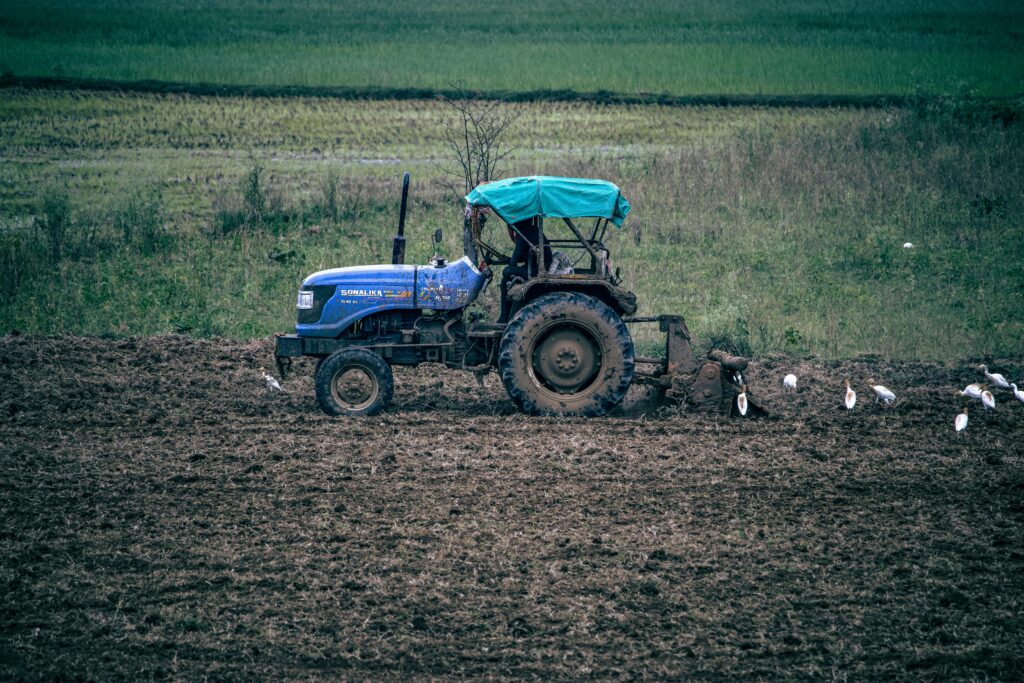In India, land ownership has long been tied to paper records stored in dusty government files.
But with the digitization of land records under the Digital India Land Records Modernization Programme (DILRMP), accessing your property details—like Khasra, Khatauni, or Jamabandi—has become much easier.
Before we get into how to access these online, let’s first understand what these terms mean in plain language:]
| Term | Meaning |
|---|---|
| Khasra | A unique number assigned to a specific piece of land in rural areas. It details the plot’s size, crop, and use. |
| Khatauni | A document showing the landholding pattern of a family. It links multiple khasras under one farmer or owner’s name. |
| Jamabandi | Used in some northern states, it records ownership and cultivation status over a few years. |
These records are not proof of ownership, but they are crucial for establishing possession, paying land revenue, or applying for mutation or sale.
Under the Right to Information and land transparency reforms, most Indian states have created portals that allow you to access these records online using details like district, tehsil, village name, or plot number.
Here are some state-specific portals and where to go:
| State | Online Portal |
|---|---|
| Uttar Pradesh | UP Bhulekh |
| Bihar | Bihar Bhumi |
| Madhya Pradesh | MP Bhulekh |
| Rajasthan | Apna Khata |
| Maharashtra | Mahabhulekh |
| Telangana | Dharani Portal |
| Punjab | Jamabandi Portal |
To access your land details:
- Visit your state’s land record portal.
- Select your district, tehsil, and village.
- Enter your Khasra number, Khata number, or owner name.
- Click to view or print the ROR (Record of Rights), Khasra-Khatauni, or Jamabandi as applicable.
If you’re unsure what these records mean for your rights, it’s important to check if your name matches the actual landholder listed. Discrepancies in online land records can block property sales or delay mutation.
To understand what mutation is and why it matters after a property transaction, read our guide on What is Mutation of Property and Why It’s Important.
These online records are especially useful when buying land in rural or semi-urban areas. You should always check them before signing any deal to avoid future disputes.
For a full checklist of what else to verify before a land purchase, see How to Check if a Property is Legally Clear Before Buying.
name, area, or crop details. These issues can affect mutation, property sale, inheritance, and even compensation during government acquisition.
If your Khasra or Khatauni details are incorrect, here’s what you can do:
| Issue | How to Correct It |
|---|---|
| Name mismatch or outdated entries | Visit your local Tehsil office or Revenue Inspector with identity proof and sale deed or inheritance proof. Apply for correction via the Land Records Management Officer. |
| Wrong area or plot number | File a rectification request with supporting documents like the registered sale deed and land map (nazri naksha). Survey may be ordered. |
| Missing name in Khatauni | Submit a copy of the mutation certificate and registered ownership document. |
| Error in crop or land use | Request correction through the Patwari (village-level revenue officer) based on actual cultivation status. |
These corrections are governed by the Bhoomi Sudhar Adhiniyam or state-specific land reform laws. For example, in Uttar Pradesh, land record changes are handled under U.P. Revenue Code, 2006.
After applying, you may receive a correction number or case ID. You can track status online in many states via the same Bhulekh or land record portal.
Once your entry is updated, download the new Record of Rights (RoR) for future use in mutation, tax payment, or legal claims.
You can also use these records for:
- Applying for Kisan Credit Cards
- Claiming compensation in case of land acquisition
- Supporting legal claims in property dispute cases
To know how to file a dispute if someone challenges your possession, read How to File a Property Dispute Case in India.
Lastly, remember that digitized records are only as accurate as what’s entered. Always verify with the latest registered deed and physical survey if in doubt. If records differ from reality, the land may not be safe to buy or sell.
FAQs
1. Is online land record proof of ownership?
Not by itself. It supports your claim but must match the registered deed.
2. Can I update my name in land records online?
In most states, no. Corrections must be filed physically at the tehsil or land revenue office.
3. Who maintains land records in villages?
The local Patwari or Lekhpal is responsible for entries and changes.
4. Are land records free to access?
Yes, most state portals offer free viewing and downloadable copies.
5. How long does correction take?
Usually 15–30 days, depending on local office backlog and type of change.



